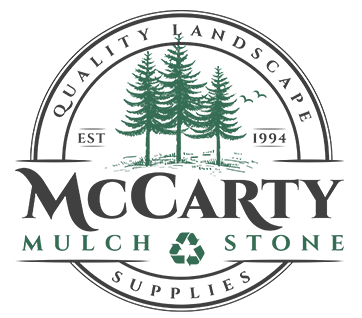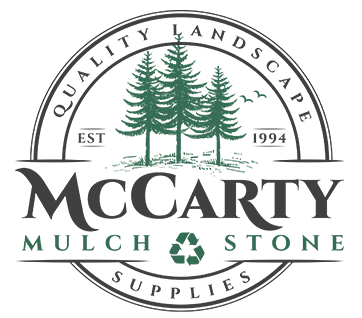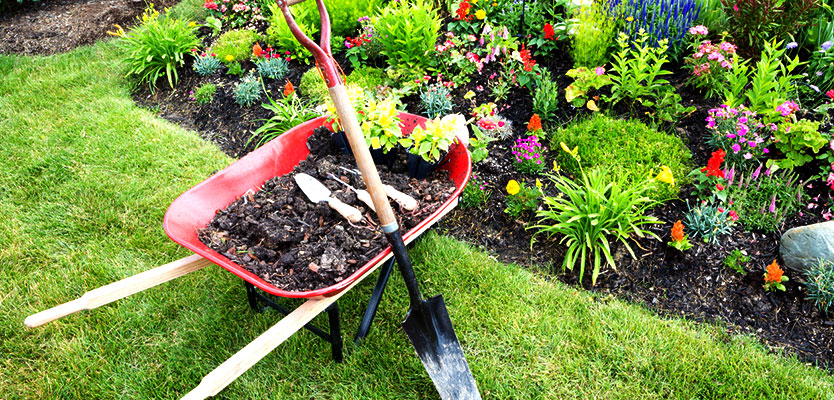Mulch in Flowerbeds: What You Need to Know
Are you using mulch in your flower bed for the first time or do you simply want to learn how to do it properly? Look no further!
Planning for Mulch
Mulching your flowerbeds around your yard seems easy enough, but there are some things that you want to avoid. First and foremost, remove some of the excess mulch or soil that is in and around your flowerbeds. This will give your mulch bed a better look and allow the mulch to give the flowers and plants located inside the bed an adequate amount of nutrients.
Secondly, take a look at the background and the design of your yard and flowerbeds. Too many shrubs or plants, or too much mulch in one space can make it look out of place. Make sure that you have plants and shrubs planted where there may normally be a large expanse of mulch located.
Pick a Type and Color
Next comes the color of the mulch. Choose a mulch that compliments the outside of your home. Oftentimes, a darker mulch will look best against a lighter-colored home and will contrast the bright flowers in your flower bed well.
At McCarty Mulch, we can provide you with the best mulch for your home. For traditional, non-colored mulches, McCarty Mulch offers many, including Cedar, Cypress, and Premium Hardwood varieties. These mulches have a softer, more natural look that will look fantastic around your flowers and trees.
We also have a wide array of colored mulches. Take your pick! We carry Brown dyed, Black dyed, Red dyed, and Gold dyed mulches. These mulches will have a darker look that allows the colors in your flowers and of the exterior of your house to really pop. Colored mulches offer more aesthetic appeal and can also be at the higher end of a budget. They also require a little more TLC and a little time to cure before watering or getting rained on.
If you’re looking for a mulch that you plan on laying in an area of high traffic, a less expensive mulch such as our Economy mulch may be better. This mulch offers less nutritional value but is chunkier and will break down more slowly than some of the finer mulches that McCarty Mulch carries.
How Much Mulch?
After choosing the type of mulch that you are going to spread, make sure that you know how much you’re going to need. If you need help with the math, just use our handy mulch calculator! Here you can simply type in the dimensions of your yard or flowerbed and know the exact amount of mulch you are going to need. 2-3 inches is the normal thickness of mulch around your flowerbeds. Spreading at this depth will help to conserve moisture and defend against weeds.
Many people choose to spread their mulch in the latter part of spring. This gives you a perfect climate to do all of your work in and allows your flowers to get the best amount of nutrients and moisture needed.
Applying Mulch
Lastly comes the spreading! When spreading mulch make sure that you have enough in some areas and not too much in others. When you stand back and take a look at your flowerbeds after spreading, it is important that the mulch is equal in depth. This will look nicer and help retain the moisture your plants need to stay healthy.
When spreading mulch around trees, place it around the base of the trunk. This reduces the threat of weeds and other plants and gives your trees a more aesthetically pleasing look. As you are spreading the mulch, thin it out as you get closer to a sidewalk or the end of the flowerbed, this way there will be less chance of runoff. Not only this but when there are fewer things planted in that certain spot, thinning the mulch out allows you to conserve it and use it in other spots.
Admire Your Work
Now take a step back and admire the work that you have done! Take a look and make sure that the mulch looks equal in depth around your flowers and throughout your beds. Add extra mulch to thinner spots and take mulch away from the deeper places. Now you have a beautiful yard and your plants are getting the nutrients they need to thrive!




